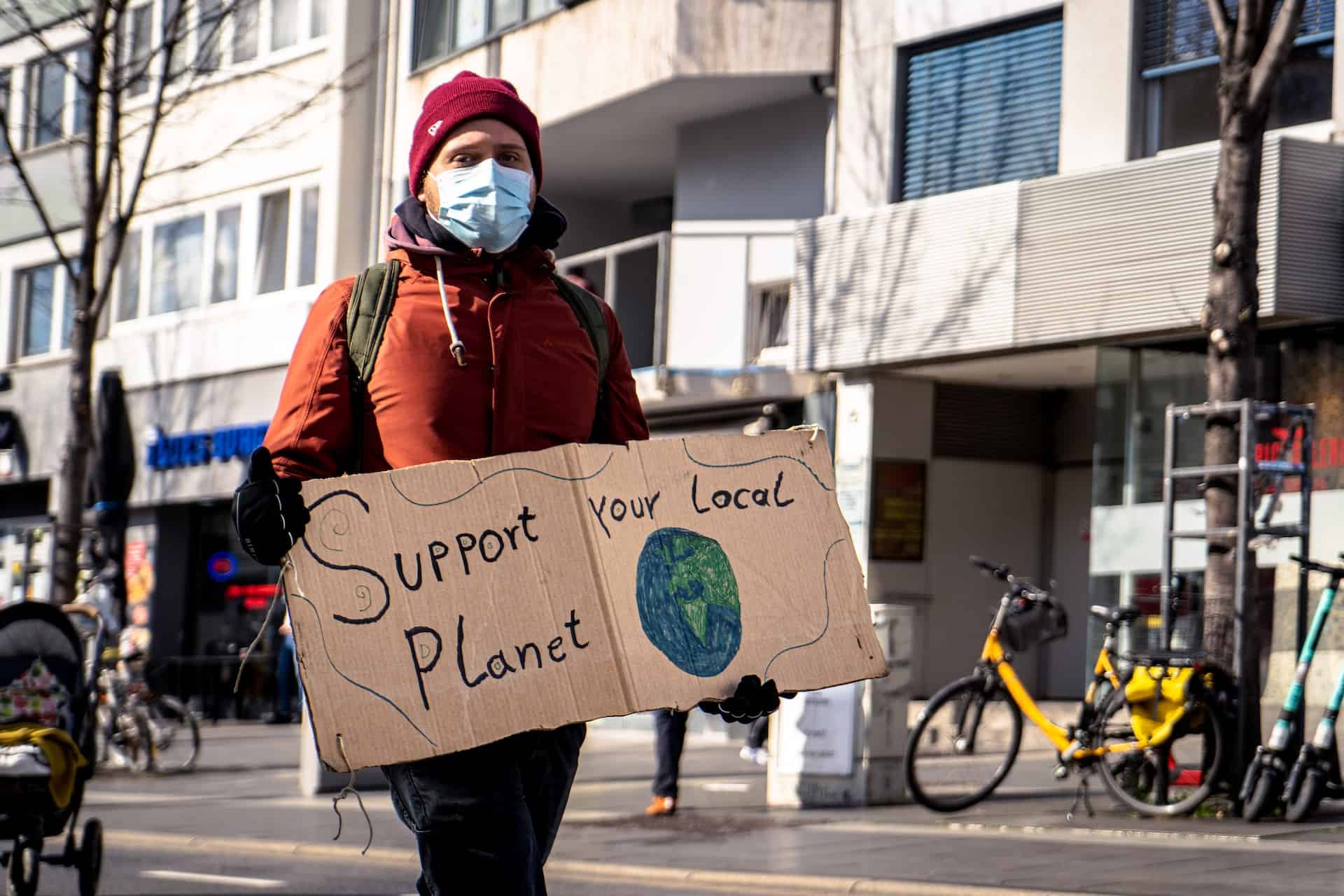Every day, you impact the environment in many ways, some of which are easy to measure and some practically invisible. Fortunately, you can use dozens of strategies to significantly reduce your daily environmental impact.
What are the most important steps to take?
Reduce Your Paper Consumption
One of the easiest strategies to follow is reducing your paper consumption; paper isn’t as necessary as we think it is, and reducing our collective demand can have a powerful reductive effect on deforestation. These are some of the things you can do:
· Install a bidet. A bidet is an environmentally friendly bathroom device that allows you to clean yourself with a gentle jet of water rather than a wad of toilet paper. You can reduce your toilet paper consumption to almost zero while experiencing a much more thorough, comfortable clean. Best of all, modern bidets are inexpensive and easy to install, Making them capable of fitting in virtually any bathroom.
· Use washcloths and towels. Paper towels are inexpensive and convenient, but it’s usually better to use reusable items for cleaning up spills. Use washcloths or towels whenever it makes sense to do so.
· Rely on reusable dishes and utensils. Similarly, you should avoid using disposable cups, plates, and silverware. Prioritize using reusable dishes and utensils whenever you can. If you must use disposable items, consider using compostable or recyclable ones.
· Sign up for paperless everything. In most cases, you can sign up for paperless billing so you no longer receive a bill in the mail. Do this for everything you can, and use electronic systems instead of paper ones whenever you have the choice.
Travel Wisely
Motor vehicles are a major source of greenhouse gas emissions in the United States. They may be convenient and capable of offering freedom, but they also cause significant environmental damage.
There are several alternative ways to travel that you should prioritize when you have the opportunity.
· Walk or bike. If you’re going somewhere relatively close, consider walking there, or biking if it’s only a few miles away.
· Take public transportation. If it’s too far to walk or bike, or if you don’t feel comfortable doing so, consider taking public transportation.
· Share a ride. You could also consider carpooling with other people whenever possible to reduce the total amount of fuel you consume.
Shop Locally
Improve your environmental sustainability by shopping locally. The further your groceries and other items need to travel, the more fuel they consume and the more greenhouse gas emissions they produce. Shopping locally oftentimes allows you to buy things with less packaging, too, though this isn’t always a guarantee.
Instead of shopping at a major supermarket, shop at your local farmers market and buy from people who grow in your area. Even better, consider growing some of your own food and making some of your own products.
Conserve Energy in the Home
It’s also a good idea to conserve energy in your home, which can positively impact the environment and save money.
· Install more efficient appliances and bulbs. Though it requires an upfront investment, you should consider installing more efficient appliances and light bulbs throughout your house. If your devices and installations all use less energy, you can sharply reduce your collective demand.
· Adjust your thermostat. Keep your thermostat slightly lower than usual in winter and slightly higher than usual in summer; you might be surprised how much you can save this way.
· Find workarounds. Can you hang dry your clothes instead of using the dryer? Or put a sweater on instead of cranking up the heat?
Reduce, Reuse, Recycle
The waste management hierarchy tells us that we should follow these steps in this order:
· Reduce. Our biggest priority is to reduce what we consume. That means buying fewer items, using less energy, and generally making less of an impact on the environment around us. The simple act of consuming less can have a major positive effect on our environmental influence.
· Reuse. Whenever possible, we should reuse the things we buy. Instead of throwing them away when they’re no longer wanted, we can strive to repair them, donate them, or give them to someone else.
· Recycle. When it’s not possible to reduce or reuse, we can recycle. Instead of throwing materials into the trash to be permanently disposed of, we can often send them to a recycling facility so they can be broken down and reused in new applications.
A single person following these strategies may not be able to measurably change the world for the better, but if we all take steps like these, we can collectively make a big difference.
Focus on sustainability initiatives that are accessible and manageable to you – and make sacrifices whenever you can.
